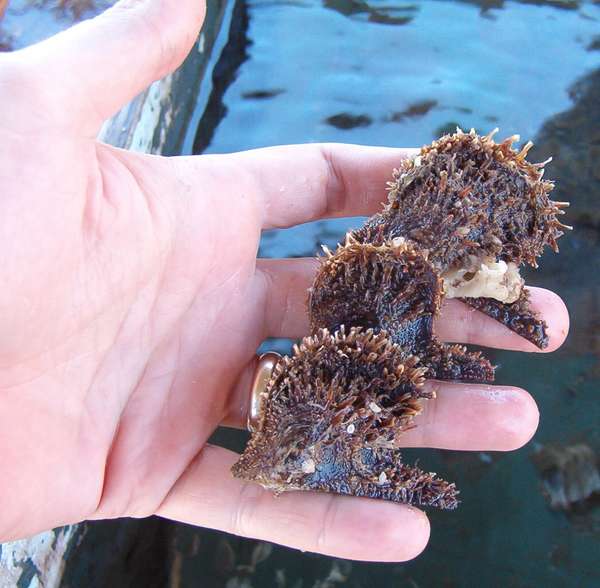Restocking wild oyster populations in Mexico
In 1996, the first modern (marine) pearl farm on the American continent was established in Mexico under its trademark of “Perlas del Mar de Cortez”. This cooperative owned pearl farm operates using techniques developed locally and has established environmental, labor and quality protocols.
For a period of about four centuries, Mexican pearls reigned supreme throughout the world, and were the most important source of ‘new world’ pearls. This also led to serious overfishing of wild oysters and depletion of numerous oyster banks in the region. As early as 1939, the Federal Mexican Government issued a Pearl Oyster Fishing ban in order to save the few remaining pearl beds from complete destruction.

Impacts
Since the beginning of the pearl culture operations in Guaymas, a steep increase in the production of pearl oyster spat has been recorded: with the average number of juvenile pearl oyster per collector bag increasing from only 30 individuals per bag in 1993 to 900 individuals per bag in the year 2000 and now up to 8,000 spats per bag in 2010. Significant increases in wild oyster populations around the farm have been observed; these are likely linked to the pearl farm's activities. Another positive impact on the local ecology stems from the use of culture structures and cages, which act as a temporary artificial reef. When the experimental pearl farm was constructed in 1991, the number and variety of reef fishes was equal to the area’s average. Since that time there has been a large increase in both the number and variety of marine life found in the area.
In action
Discover more pearl
sustainability case studies
Click on the case studies to learn more
